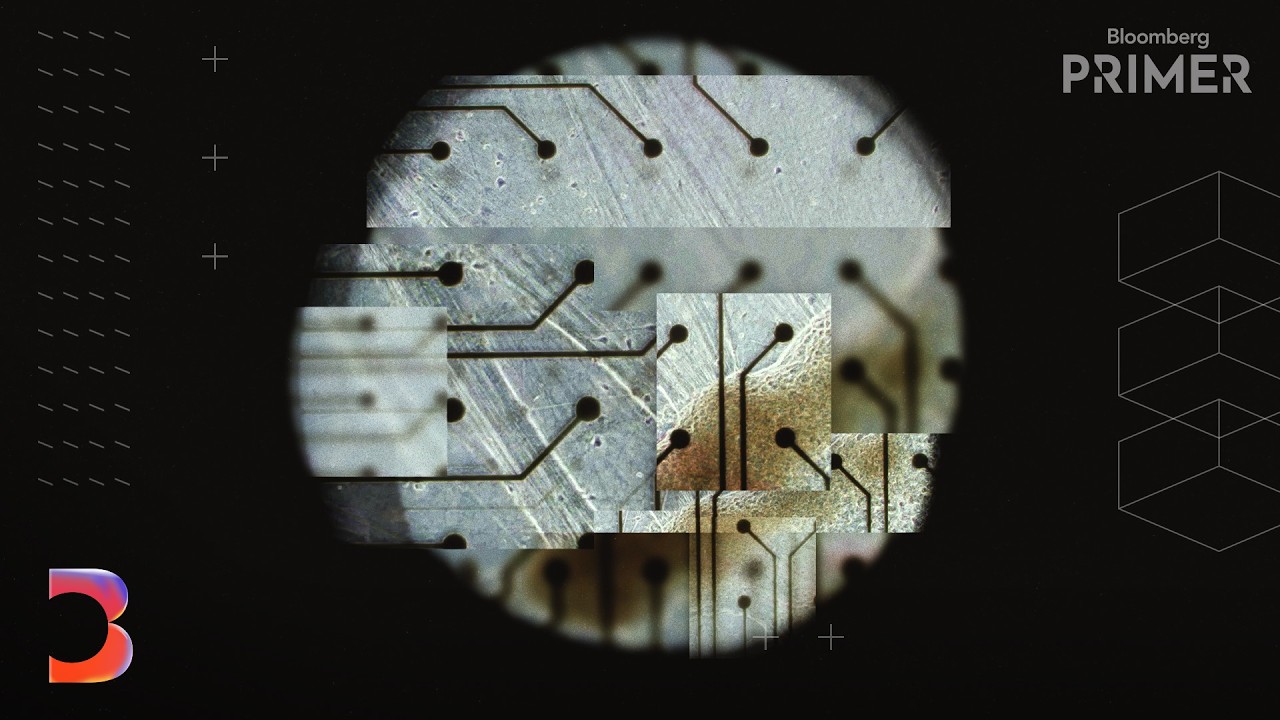The video discusses the innovative project DishBrain, where researchers have trained a cluster of 800,000 living human brain cells to play Pong, highlighting the potential of biocomputing to revolutionize AI by using less energy and training data than traditional methods. It also addresses the challenges and ethical implications of using living tissue for computing, while emphasizing the promising future of integrating biological intelligence with technology.
The video explores the groundbreaking concept of using living human brain cells to power artificial intelligence, specifically through a project called DishBrain, developed by Cortical Labs. Researchers successfully taught a cluster of 800,000 neurons grown on a silicon chip to play the classic arcade game Pong. This innovative approach suggests that merging biology with computing could revolutionize AI by enabling systems that require significantly less training data and energy compared to traditional machine learning methods.
Brett Kagan, the chief scientific officer at Cortical Labs, explains that biological systems, like human brains, can learn to navigate environments efficiently due to their evolutionary development. This efficiency is crucial as the demand for computing power continues to rise, leading to a focus on the semiconductor industry. However, traditional silicon chips face limitations as they approach physical constraints, prompting researchers to explore alternative computing methods, including biocomputing.
The video highlights the advantages of using neurons for computing tasks, as they consume far less energy than supercomputers. While a supercomputer may require up to 40 megawatts of power, human brains operate on just 20 watts. This stark difference underscores the potential for biological systems to address the growing energy demands of AI infrastructure. The researchers aim to understand how neurons can replicate complex tasks and potentially outperform traditional computing systems.
The video also introduces FinalSpark, a biotech company that is developing brain organoids for research purposes. These organoids can be accessed remotely through a cloud computing network, allowing researchers worldwide to study their activity. While the potential for biocomputing is promising, challenges remain in scaling these technologies and addressing the ethical implications of using living tissue for computing. Concerns about the treatment of brain organoids and the possibility of self-awareness raise important questions about the future of biocomputing.
Ultimately, the video emphasizes that while the integration of biology and technology is still in its infancy, the potential benefits for fields like neurology and drug development are significant. As researchers continue to explore the capabilities of living brain cells, the future of AI may involve a hybrid approach that combines biological intelligence with traditional computing, paving the way for advancements that could transform our understanding of both technology and the human brain.
